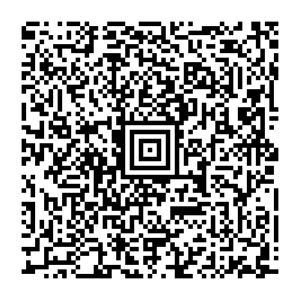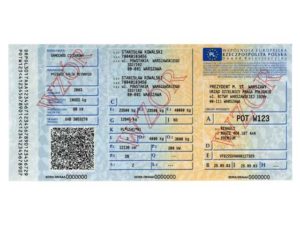
NOTE: This post was imported from my previous blog – v3l0c1r4pt0r.tk. It was originally published on 1st August 2015.
About a year ago I interested in mysterious 2D code placed in my car’s registration certificate. After quick research on Google it turned out to be even more mysterious because nobody knew how to decode it. There was even no official document like act or regulation that describes the code somehow. People knew that the code is Aztec code and that’s it. Some companies shared web and Android apps to decode this. And all of them was sending base64 to some server and receive decoded data.
Of course for me it wasn’t rewarding so I started my research on it. After initially scanning the code I’ve seen long string that I immediately recognized as base64. The real fun started after that, because stream I’ve got after that was so strange that at first I had no idea what to do. Upon closer examination it was clear that this data is not damaged but encoded in somewhat strange way. Few days later I was almost sure that this is not encoding but rather compression, because some unique parts of stream was easily readable by human. About a month of learning about compression, looking for even most exotic decompression tools and I was left with almost nothing. I had only weak guess on how decompression parameters could be encoded. I gave up…

About a year later I tried one more time. This time I was a bit more lucky. I found a program that decodes the code. Again. But this time was different. I shut down my network connection to make sure. And it worked! So now a bit of reverse engineering and it’s done. I will skip any details because I do not want to piss off the company which created this, even though I was right and I HAD right to do this.
As usual the source code is available on my Github profile. There is also a bit more information about whole scanning/decoding process. If you like to know more technical details about the algorithm or how to decode the data, everything can be found in README file in the repo.
